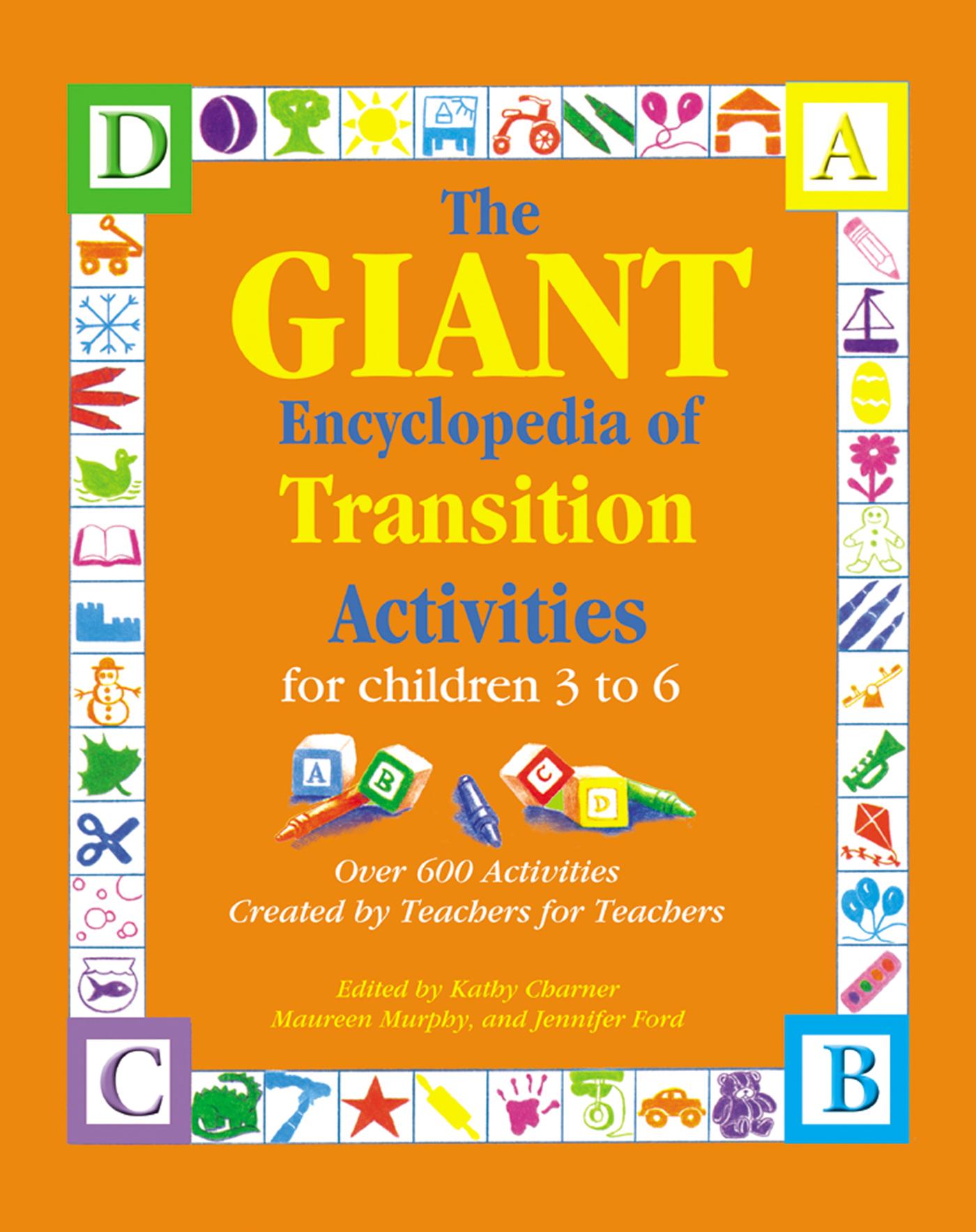Materials
- milk or juice cartons
- scissors
- paper or packing material
- tape, preferable masking tape
- markers
What to do
1. For this activity make one or more cubes, each with six activities or participation options.
2. Start with clean, dry milk or juice cartons. You will need two cartons of the same size for each cube. Cut the cartons to make them as square as possible and the same size. Pack one carton with paper or packing materials to give it greater strength and stability. Then, slide the other carton over the top of the first carton. This will create a six-sided cube. Secure the cartons with tape, covering the writing on the cartons. Attach stickers with activities or write on the sides with markers.
3. On one cube write or draw ways to move from one location to another, such as tiptoe, wobble, hop, gallop, walk backwards, and take giant steps. Roll this cube and the children move that way to the next activity.
4. On another cube, put one color of paper (or write a color word) on each side of the cube, and use it to practice colors as the children transition to another activity. If a red is rolled, all the children wearing red go to the next activity.
5. Make a set of two cubes, one with numbers and another with specific activities. If you need a transition activity during circle time, roll the dice (two cubes) and the child (or children) must do a simple task a certain number of times. For example, if the number cube has the numbers 6 through 11, and the other cube has six movements snap your fingers, clap your hands, tap the floor with your right hand, tap the floor with the left hand, make two fists and pound them together, and touch your elbows to the floor. Roll both cubes to determine a movement and the number of repetitions.
6. You can make a cube that has the classroom centers on it. The children roll the cube to determine where they go next.
7. Use another cube to select fingerplays, or songs for the group to enjoy.
Author's Note: Having several cubes with a variety of activities will enable you to use this idea throughout your program. Consider how it could be used to direct children as they head outside to explore the play area, as a group transition, or as a way to redirect a wandering child. Other cubes might contain job duties, cleanup direction, or motor activities.
-Bev Schumacher, Racine, WI
Instructions
1. Cut index cards in
half and write one
alphabet letter on
each half. Put the
index cards in a paper bag.
2. Place the letter cards in a pocket chart or tape them to a chalkboard.
3. Let the children take turns pulling a card from the bag and matching it to
the letter card in the pocket chart or on the board.
4. After each child matches a pair of cards, he moves to a new activity.
More to do Math: Use numbers or shapes instead of alphabet letters.
Songs: Let the children use the alphabet letters to sing the alphabet song.
